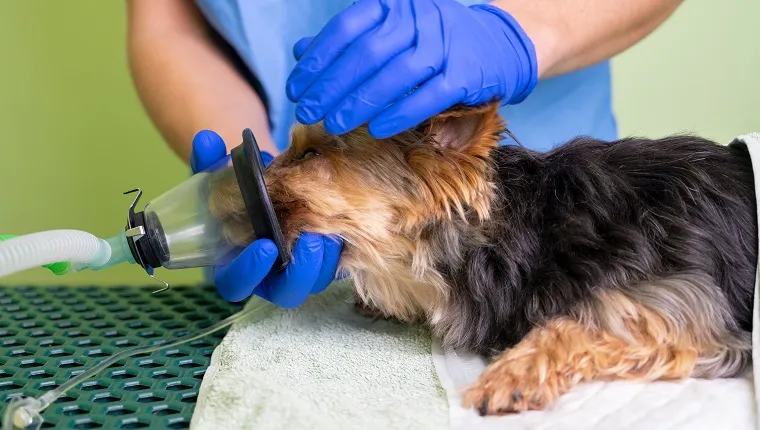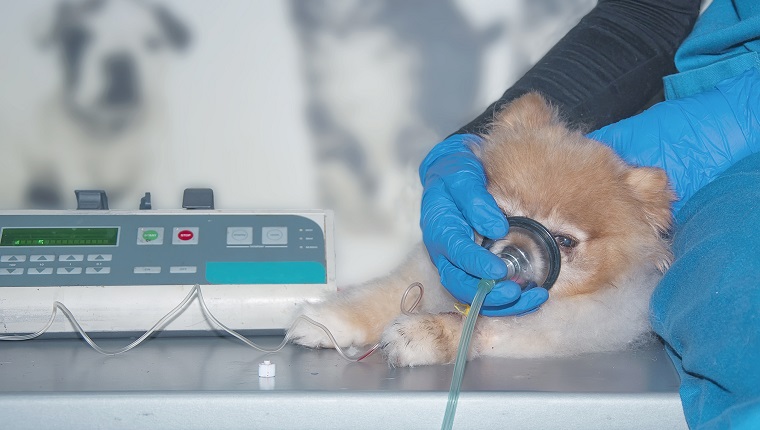Acute respiratory distress syndrome in dogs is a condition where a dog experiences a respiratory failure after their lungs become inflamed and fluid accumulates. It’s a life-threatening condition and should be treated as a medical emergency.
This condition is often the result of a traumatic event which can bring on a state of shock. Vets sometimes also refer to it as “shock lung” or shorten it to ARDS.
If you see signs that your dog might be suffering from respiratory distress, then you must consult your veterinarian for a proper diagnosis and course of treatment. Here’s what you should know about the symptoms, causes, and treatments of acute respiratory distress syndrome in dogs.
Symptoms Of Acute Respiratory Distress Syndrome In Dogs
Acute respiratory distress syndrome in dogs is a condition that can produce a number of different symptoms. Some of the most common symptoms include:
- Difficulty breathing
- Coughing
- Fluid discharge from the nose or mouth
- Skin and gums turning blue
Causes Of Acute Respiratory Distress Syndrome In Dogs

The cause of acute respiratory distress syndrome in dogs can be a attributed to a number of things. Sometimes, it can arise as a complication from another condition such as pneumonia, sepsis, and pancreatitis.
In many cases, the cause involves a trauma, such as being hit by a motor vehicle or coming close to drowning. Thermal burns and breathing in toxic gases can also cause this condition.
Treatments For Acute Respiratory Distress Syndrome In Dogs
If you start to fear that your dog might be suffering from acute respiratory distress syndrome, get to an emergency veterinarian straight away. It is a life-threatening condition that requires treatment as soon as possible.
Along with giving your dog a physical examination, your vet will want to ask about any recent incidents that might have caused respiratory distress. Your vet might also carry out a blood gas test.
When it comes to treatment, the next steps will vary depending on the underlying cause of the condition. Vets usually provide supplementary oxygen during this stage of treatment, along with an IV drip.
If your vet prescribes medicine as part of your dog’s recovery, it’s vital that you follow their exact dosage and frequency instructions and complete the full course of medicine.
Has your dog ever needed emergency treatment for acute respiratory distress syndrome? How did your vet help your dog recover? Tell us all about it in the comments below.









